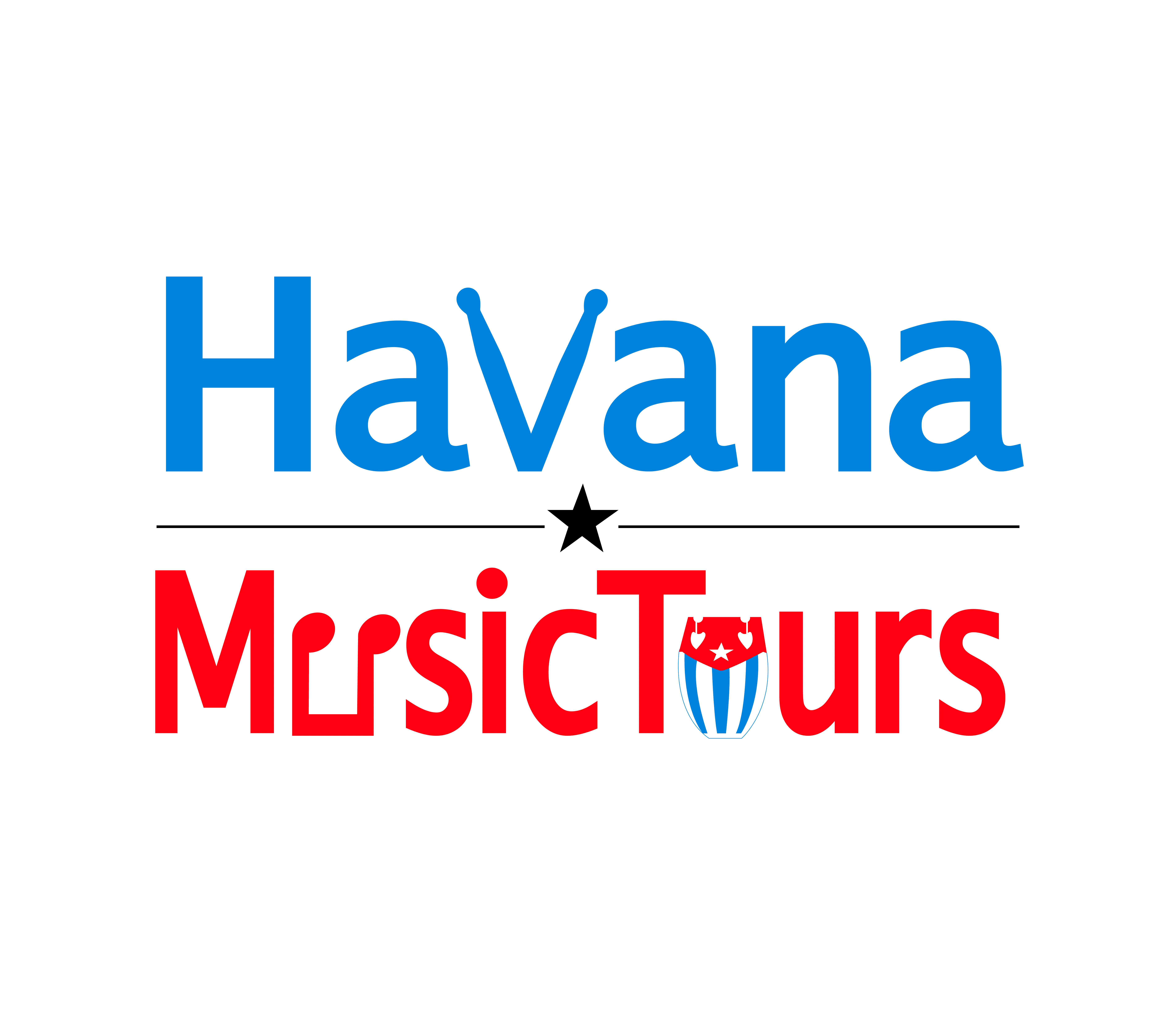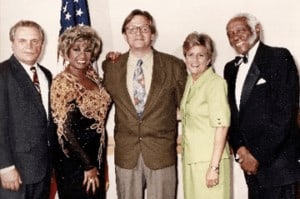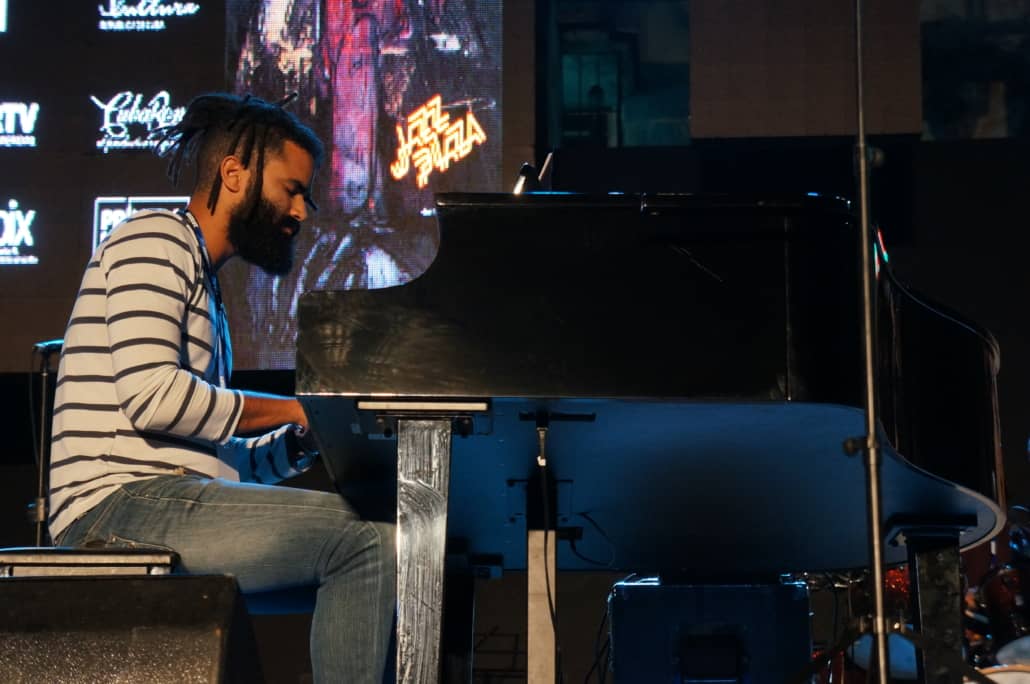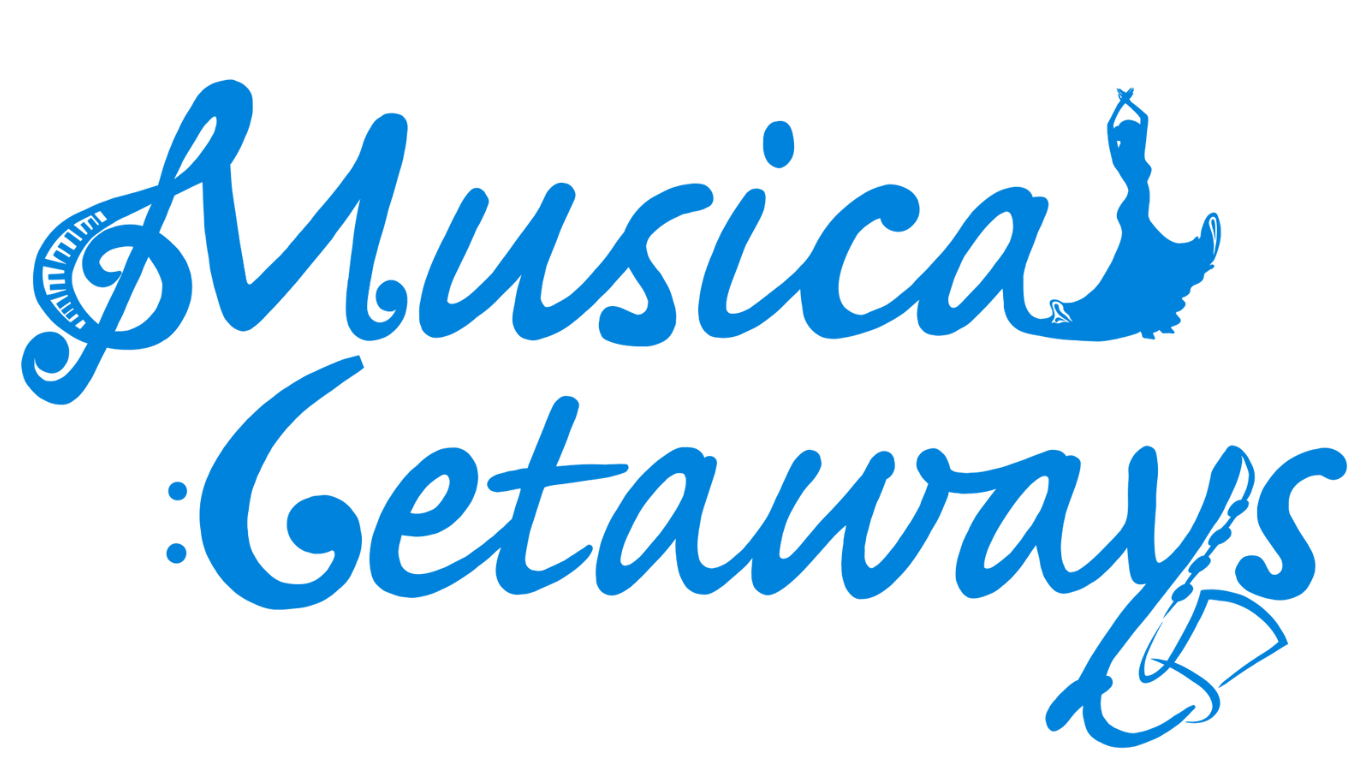The History of Buena Vista Social Club Part 2
Buena Vista Social Club: From Local Phenomenon to Global
It´s never too late if happiness is good.
By Rocío de Lucía (Cuban Musicologist)
Throughout its history, the Son -as the Cuban Rumba- took longer to achieve institutional recognition, even though they were always venerated by the people and respected by the musicians of the continental circuit. The Cuban musical product -in all its manifestations- was a great reference for Latin American and Caribbean culture. However, after a glorious time for Cuban artists during the first half of the 20th century, in the young years of socialist Cuba, Cuban music lost its prominence in the region.
At the end of the 70s, a project called Estrellas de Areito was carried out, whose purpose was to summon the great figures of the golden age of Cuban Son (the 40s and 50s) in an attempt to exalt these colossi of the Cuban music that were falling into oblivion. The American musician and producer Ry Cooder and the record producer Nick Gold were involved. Although that musical work did not have the expected resonance, it laid the groundwork for subsequent projects that would give rise to the Buena Vista Social Club phenomenon.
Years later, the Sierra Maestra group, a format that paid tribute to the Sonera tradition and Cuban Trova, developed a series of international tours and presentations. Juan de Marcos González (Cuban musician and producer) was a member of that band. Participation in these events around the world allowed him to interact with essential personalities and music entrepreneurs. From these exchanges emerged the connection and friendship with Nick Gold and World Music. This record label would launch the Buena Vista Social Club album to the world and with it distinguish Cuban music within the heritage of universal culture.
The World Music label had been promoting a line of recordings that explored the richness of African culture and in 1994, they had won the Grammy award for Best World Music with the album Talking Timbuktu, produced by Ry Cooder. Finally in 1995, Juan de Marcos and Nick Gold agreed to organize a project, in a Jam Session style, where Cuban and African musicians would merge. With Ry and Nick’s experience and interest in African and Cuban music, which had fascinated them during the edition of Estrellas de Areito, they traveled to Havana in 1996 to undertake this new project.
Along with the troubadour from Santiago de Cuba, Eliades Ochoa, and other Cuban musicians who would be part of the recordings, the arrival of the two African musicians was expected: Toumani Diabate, Cora player, and the guitarist Chadi Madi. The African instrumentalists could never arrive due to difficulties with their visas, and this new circumstance caused a change in the project’s original conception. It is then when Juan de Marcos summons consecrated figures of Cuban music, among which were: Compay Segundo, Rubén González, Ibrahim Ferrer and Omara Portuondo.
Ángel Terry Domech, tumbador and member of the project, relates:
We were lucky that Rubén González kept, in a folder, danzones of all times: Buena Vista Social Club, La Negra Tomasa, etc., arrangements were not even made; it was all from memory (…). There was a true professional of teachers who, for many years, dedicated themselves to music.
The instrumental danzón “Buena Vista Social Club”, authored by Israel López, Cachao, evoked those glorious dances of the homonymous Social Club, gave the title to one of the records that were produced at that time. Another of the albums was A Toda Cuba le Gusta, with a big band format. Both musical works were nominated for the 1997 Grammy Awards, but the Buena Vista Social Club studio album won in the Traditional Music category. However, before obtaining the award, the album had already sold more than half a million copies in Europe, as a result of several concerts performed with the Afro-Cuban All Stars format, under the direction of Juan de Marcos, where they only included a few of the musicians who participated in the recordings.
In 1998, Ry Cooder returned to Havana with the German film director Wim Wanders with the intention of filming a documentary about those troubadours and soneros, who were living testimony of a millenary culture, and who had achieved world fame in their old age, to become legends. The cinematographic work recognized the talent and virtuosity of Cuban interpreters and composers, and a whole heritage that had survived wars, revolutions, emigration, and discrimination, yet sounded full of life and joy and managed to move the most diverse audiences.
Artists with capital letters, with no other pretensions than to sing their melodies and serve Cuban music itself, who never renounced their identity, their purest roots, being the most worthy way to honor the nation that fathered them. The documentary was titled Buena Vista Social Club, and beyond its technical values, Wim Wanders delivered a sensitive and honest work, that transmitted the charisma and grace of these Cuban musicians. The film won more than fourteen international awards and an Oscar nomination, in a kind of double distinction: for Wanders’ work and, at the same time, for the work that gave the documentary a reason for being.
You can find Part 1 and Part 3 of this blog trilogy in the following links:
THE HISTORY OF BUENA VISTA SOCIAL CLUB PART 1: THE VINDICATION OF CUBAN MUSIC










